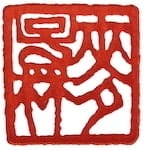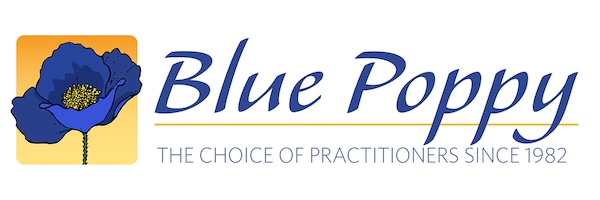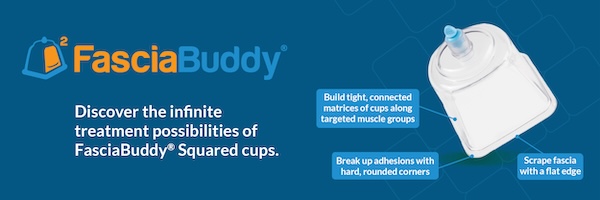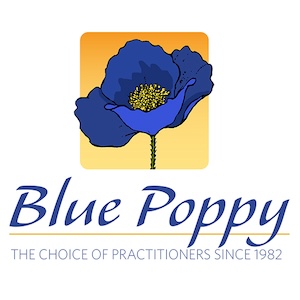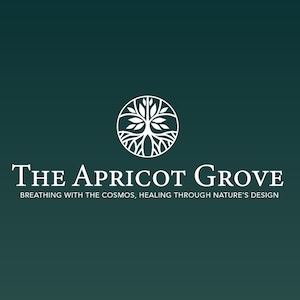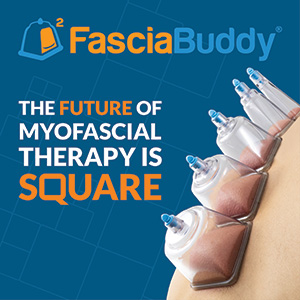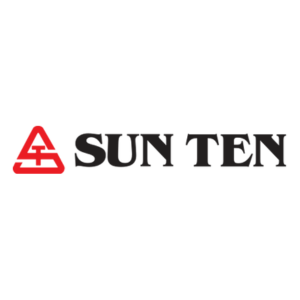Beyond the East Asian medicine phrasing that makes zero sense to your average citizen. Just what is going on in the body in response to a sliver thin needle being placed in the flesh? And once you have an answer for that, explain how a “needle” that does not pierce the skin can accomplish the same thing?
It’s an annoying question isn’t it? Which makes it a very good question, and the motivation for inviting Gary Klepper, Thomas Sørensen, and Erhart Truitt to this conversation on teishin needles.
Listen into this discussion on the paradox between intention and attention, perspectives on gently interacting with the qi, and how the teishin is a forgiving tool for beginners and an instrument of advanced technique for experienced practitioners .
- Using the Teishin in acupuncture practice
- Personal experiences of coming to use Teishin in practice
- The paradox between intention and attention in using Teishin
- The importance of presence and awareness when treating with a Teishin
- Different metals and shapes of Teishin and their effects
- Teishin as a tool for diagnosis
- Connecting to the inner terrain of the body through acupuncture points
- Using the Teishin to listen to the rhythms and flow of qi
- Adverse reactions that can happen with Teishin treatments
- The balance between the practitioner’s intention to help and paying attention to what is unfolding
- The forgiveness and teaching value of Teishin for beginners
- Connecting with the Sanjiao fluid using Teishin
- The concept of ministerial fire and its role in healing and health
- Tips for those interested in starting to investigate Teishin in their practice
This clinical tip is derived from various teachers, and sums up my style with the teishin:
When the round tip of the teishin is placed on the skin, be aware of your dan tian and your solar plexus. Sensations from these 2 areas will guide what the tip of the teishin does.
The third eye surrounds the tip of the teishin and does not let qi leak.
The heart is aware that in this moment, an opening appears that connects to the source of all of the channels.
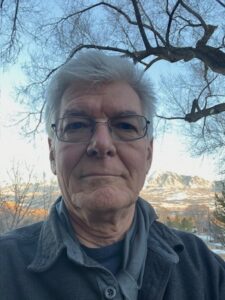 Gary Klepper, DC
Gary Klepper, DC
My 45 years of clinical practice has been a journey of learning, cultivation, and refinement. After deep dives into applied kinesiology, functional medicine, craniosacral therapy, and German biological medicine,
I consider Chinese medicine to be my home.
I am now semi-retired outside of beautiful Paonia, Colorado, dividing my time between extensive gardens in the mornings and clinic in the afternoons.
Healing is obvious. Either the patient is getting better or not – no guessing.
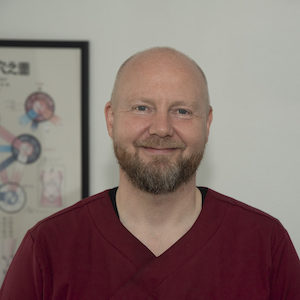 Thomas Sørensen
Thomas Sørensen
I have studied extensively in East Asia and in the USA.
I have had the great privilege to study under Ikeda Masakazu Sensei in Japan. It is Ikeda Sensei who instilled in me the passion for classical texts, their clinical application and constant experimentation to improve the craft.
I have been in private practice for 20 years. I am now practicing in Copenhagen, Denmark and also teach workshops internationally.
Visit Thomas on his website.
I believe that sesshin (literally – touching the heart/mind) is the most important component of treatment.
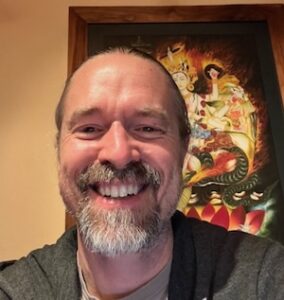 Ehrland Truitt, L.Ac
Ehrland Truitt, L.Ac
I began my studies of East Asian Medicine when I was given a copy of the Tao Te Ching in 1994. In 2000 I graduated from the International Institute of Chinese Medicine in Santa Fe, NM.
That same year I completed a three-year apprenticeship in Kototama Acupuncture and had the good fortune of meeting T. Koei Kuwahara Sensei. I have studied and taught Hari with Kuwahara Sensei for the last 23 years.
I have traveled to Japan, Nepal, Peru, and Ecuador studying herbal medicine, acupuncture, and other healing modalities. I have been an instructor and clinic supervisor at various acupuncture institutions and have taught weekend seminars in Japanese acupuncture both nationally and internationally.
I am a founding member of the High Desert Hari Society, a 501(c)3 non-profit, dedicated to the preservation and transmission of traditional medicine through education, networking, and community outreach.
I currently maintain a private practice in Santa Fe, NM and am working on a book about Hari: Japanese Meridian Therapy.
Links and Resources
The North American Journal of Oriental Medicine has many great articles on Teishin.
